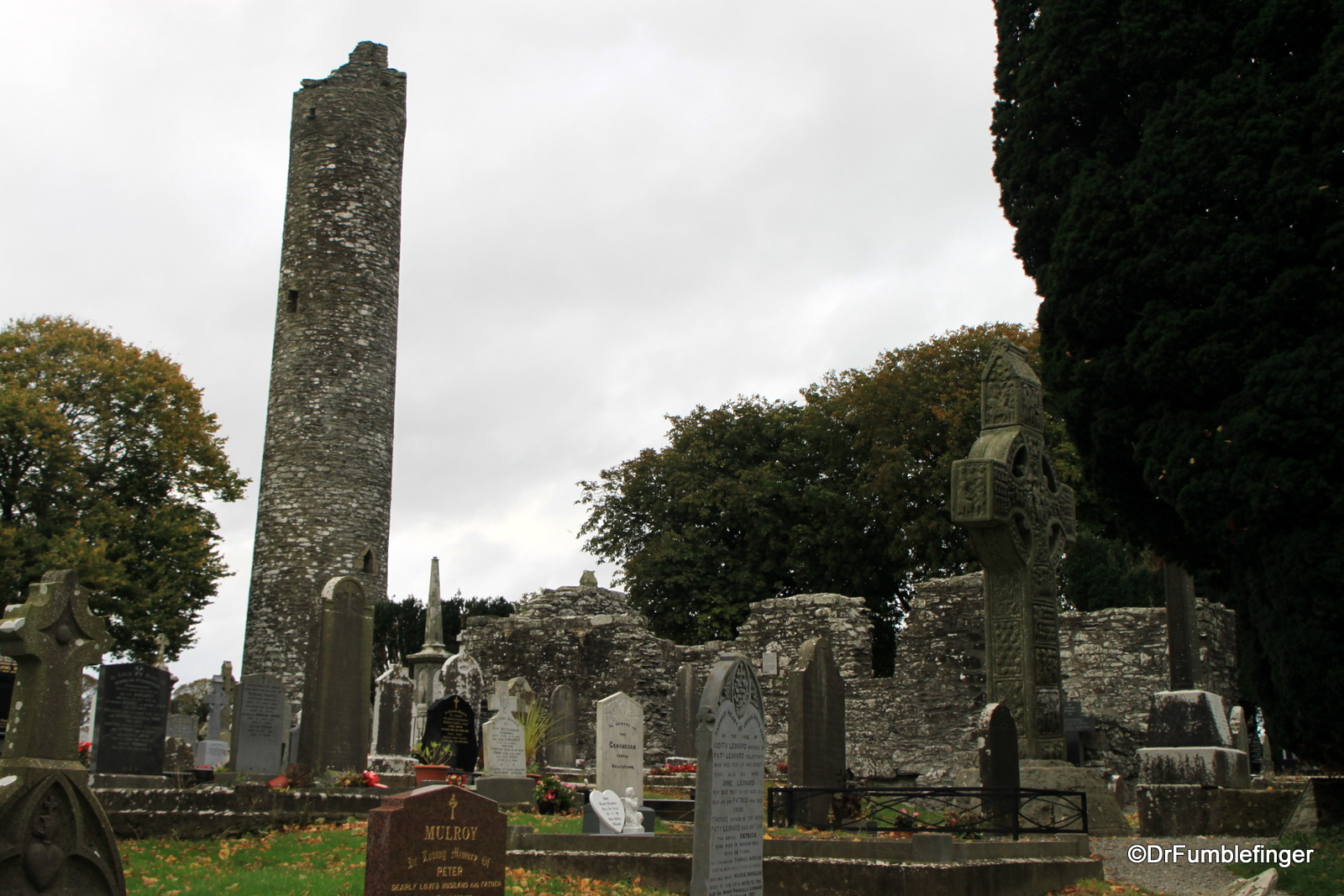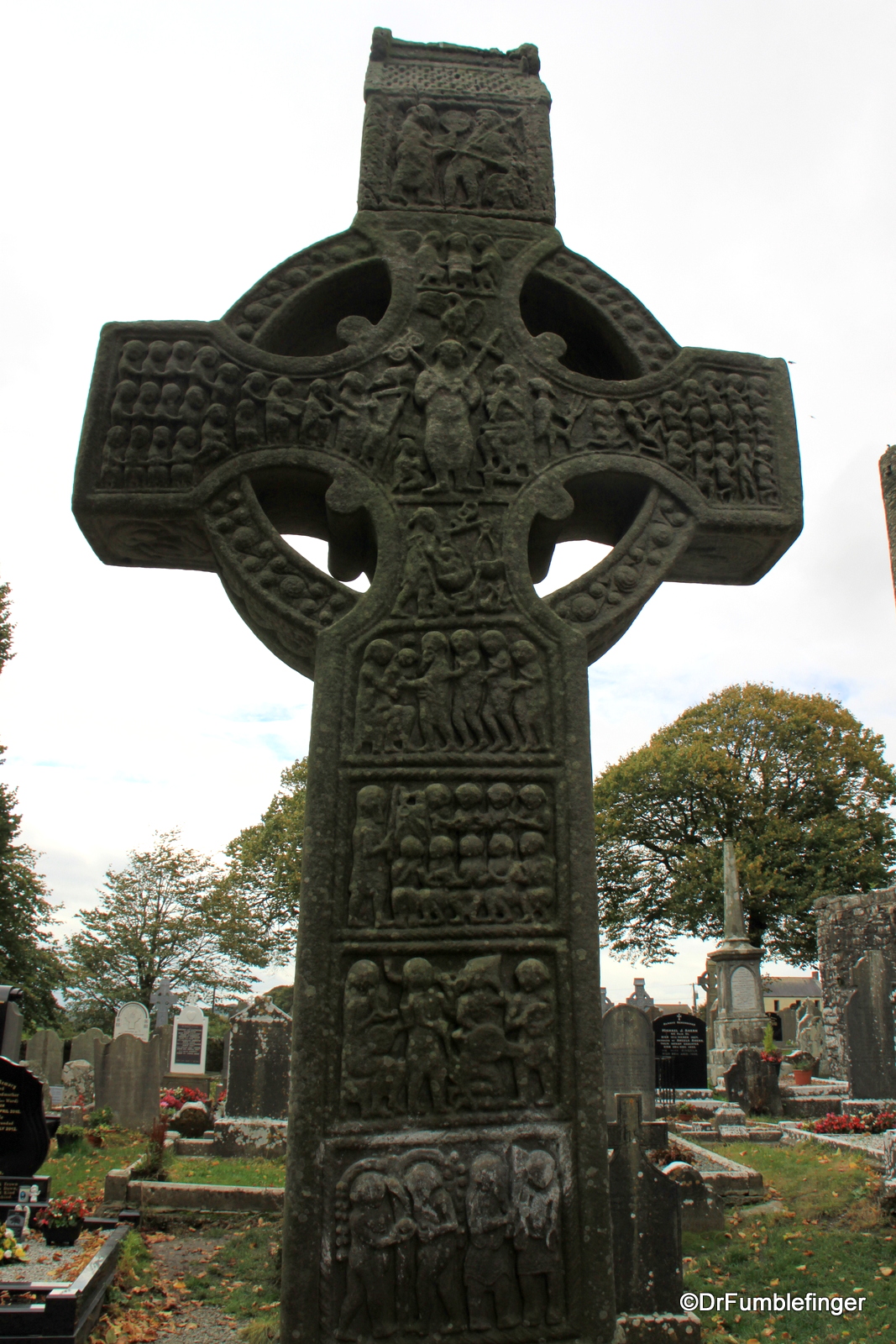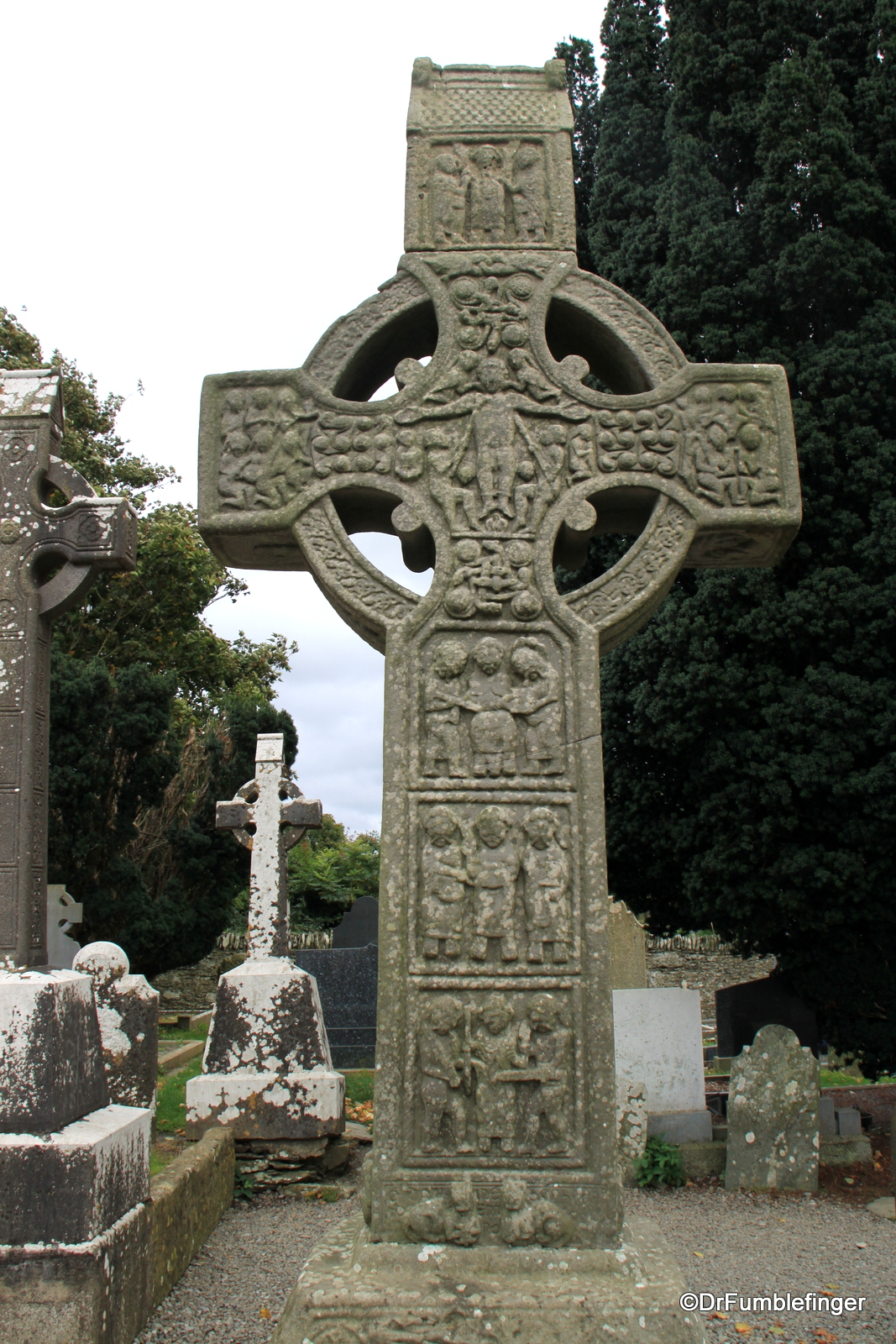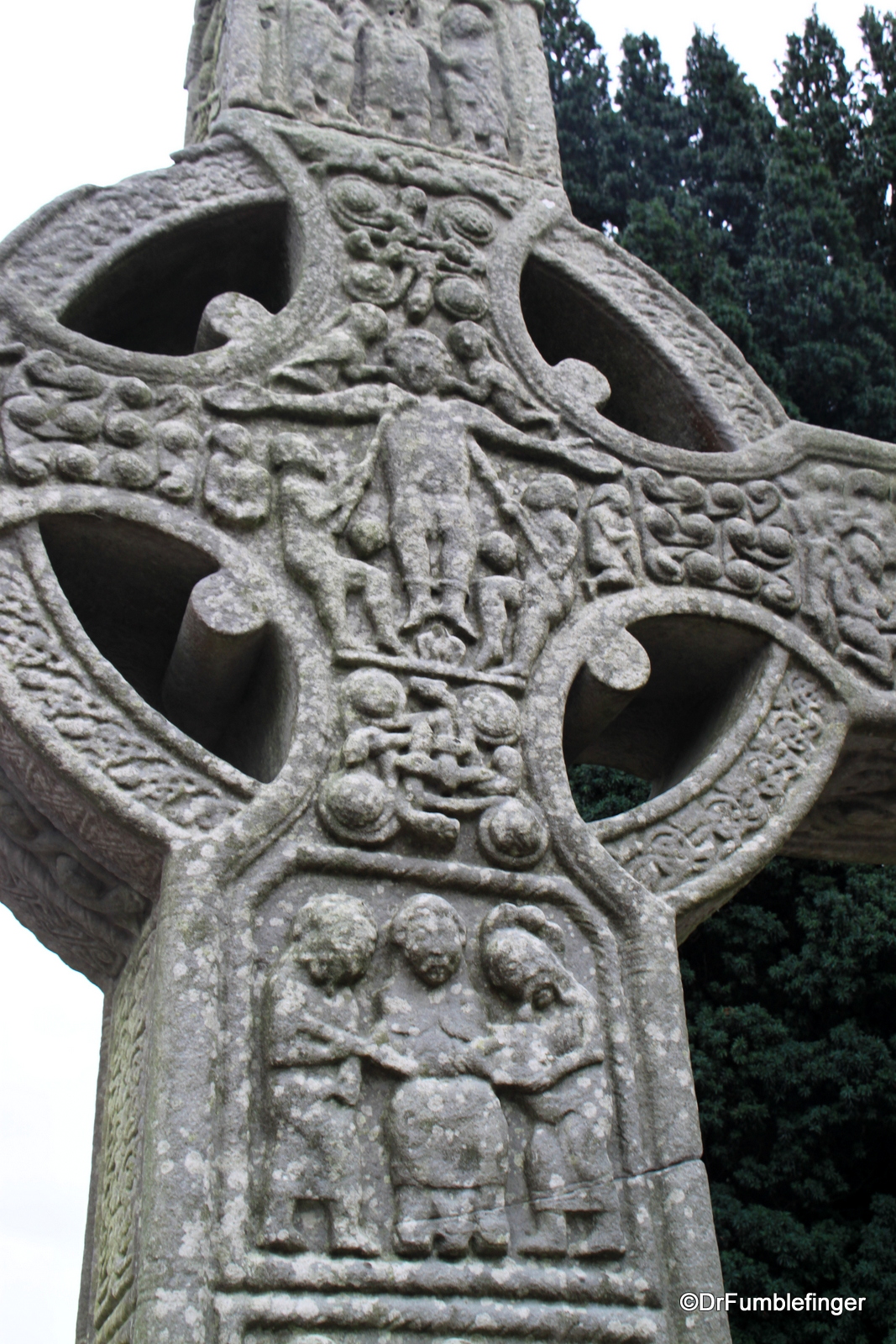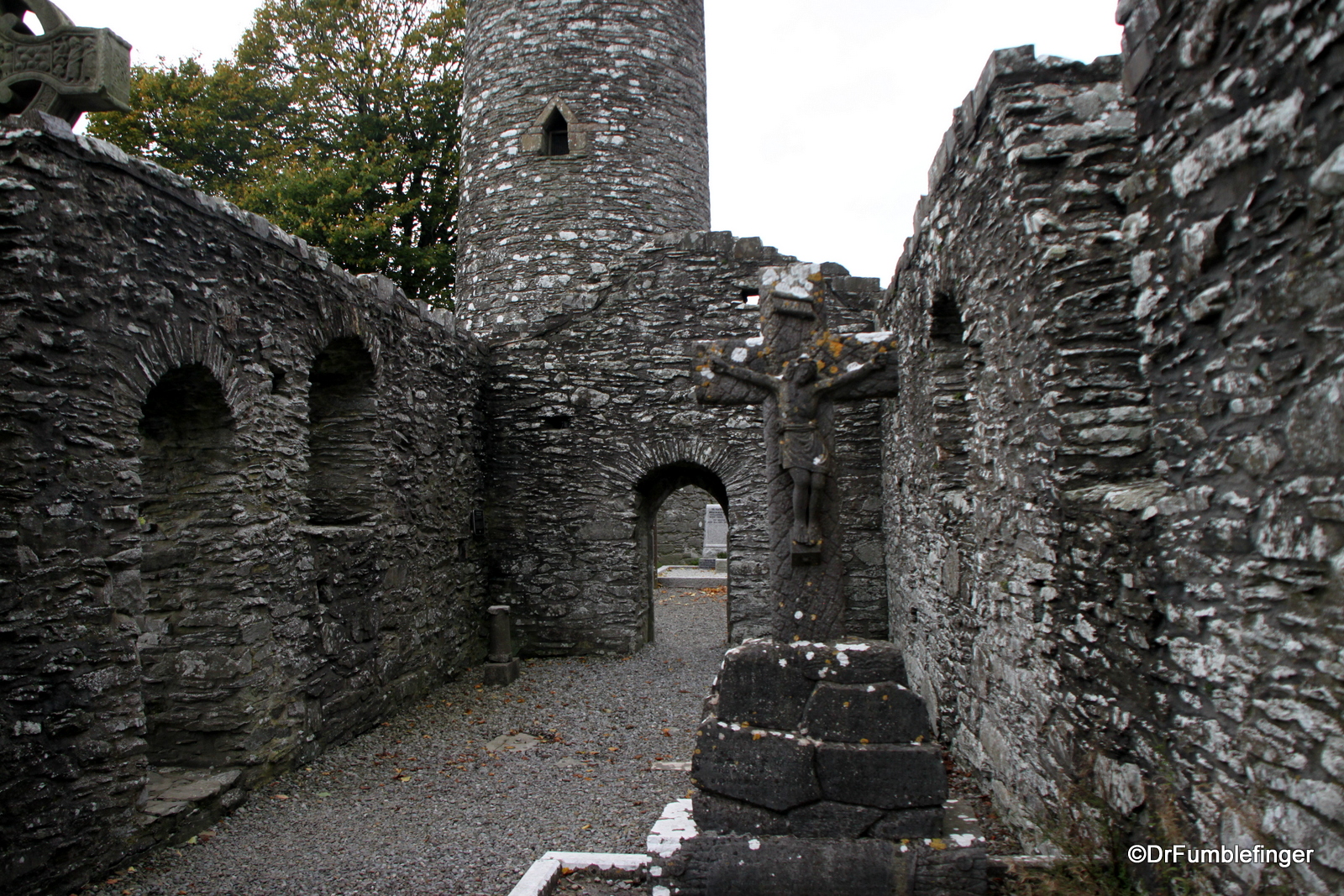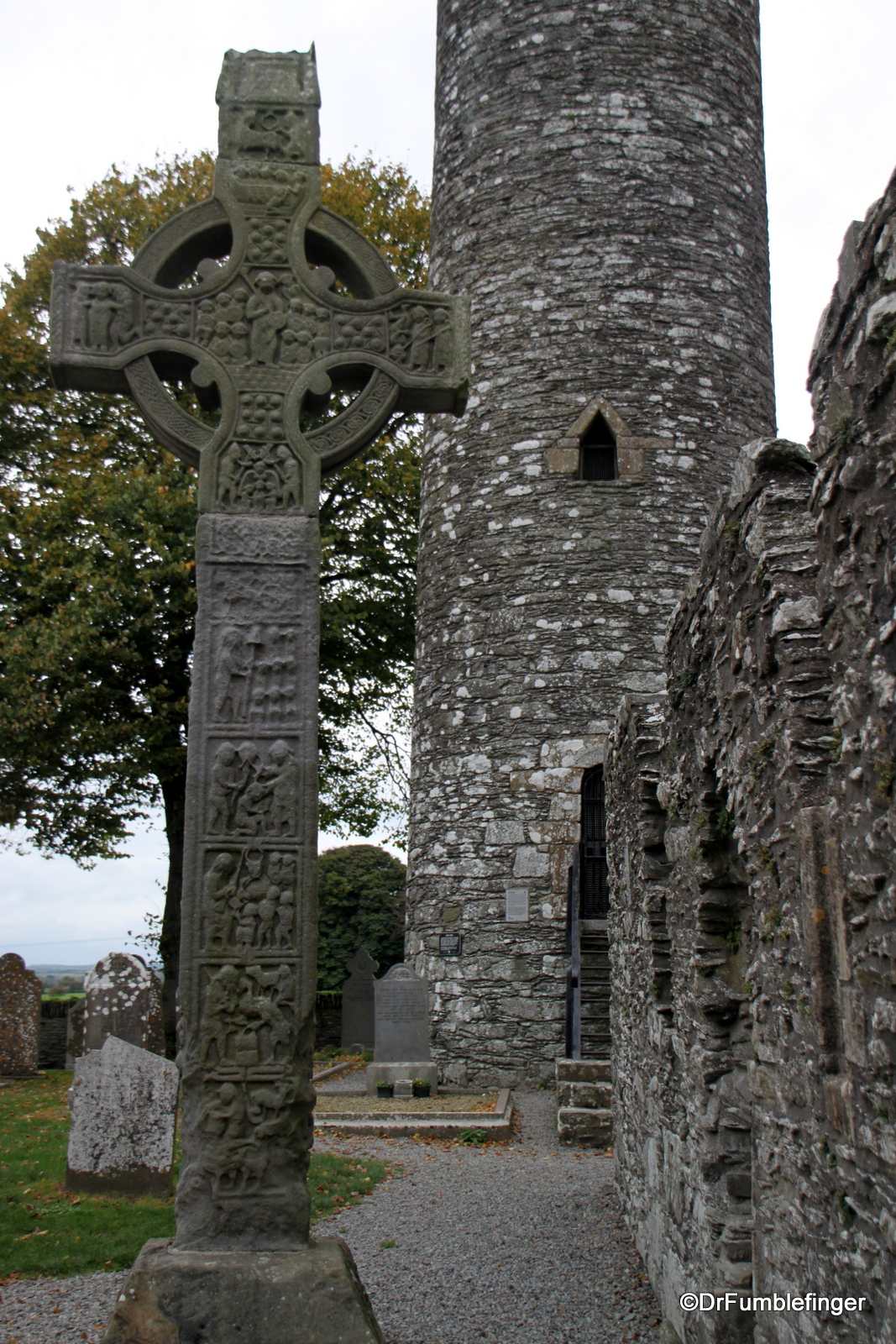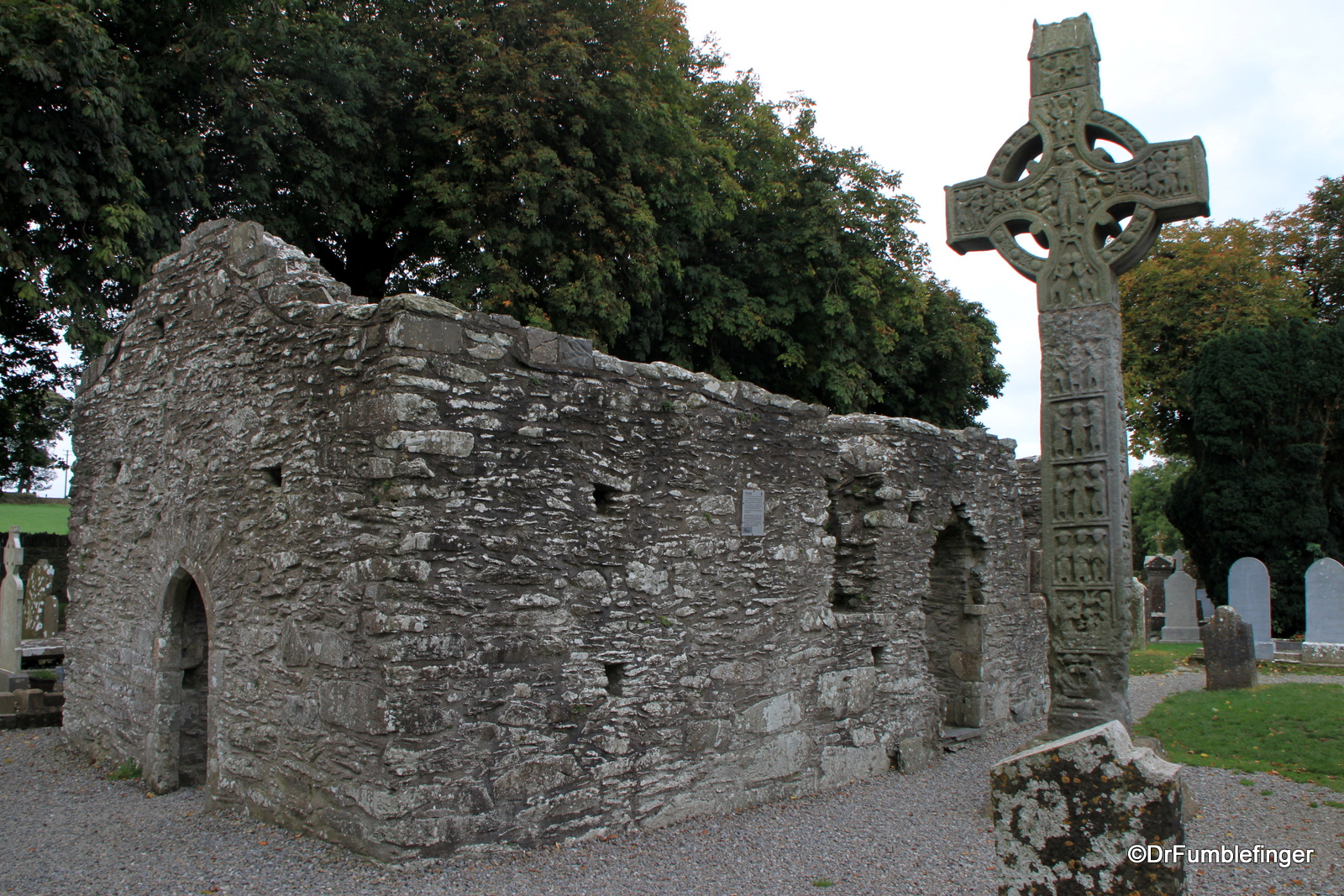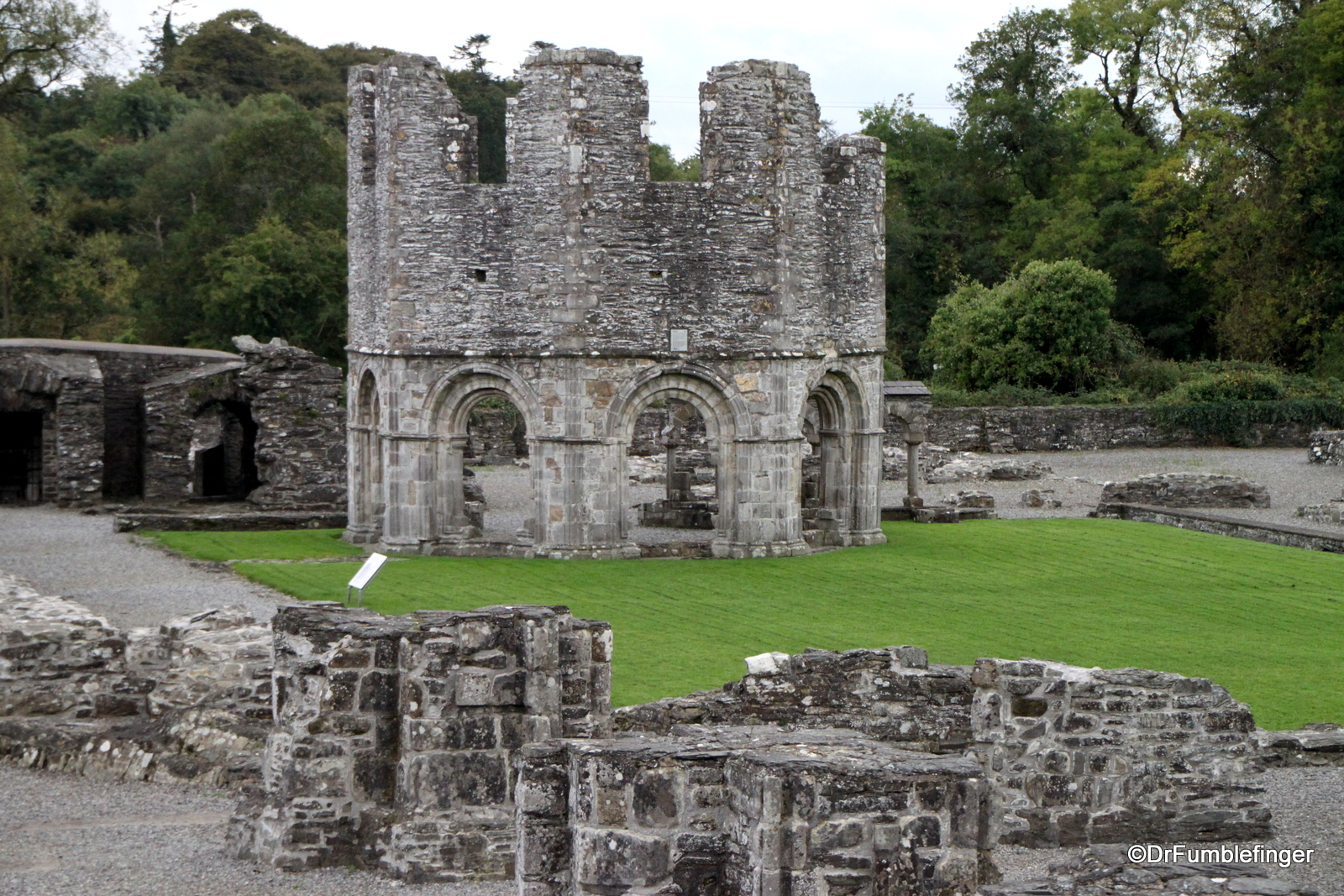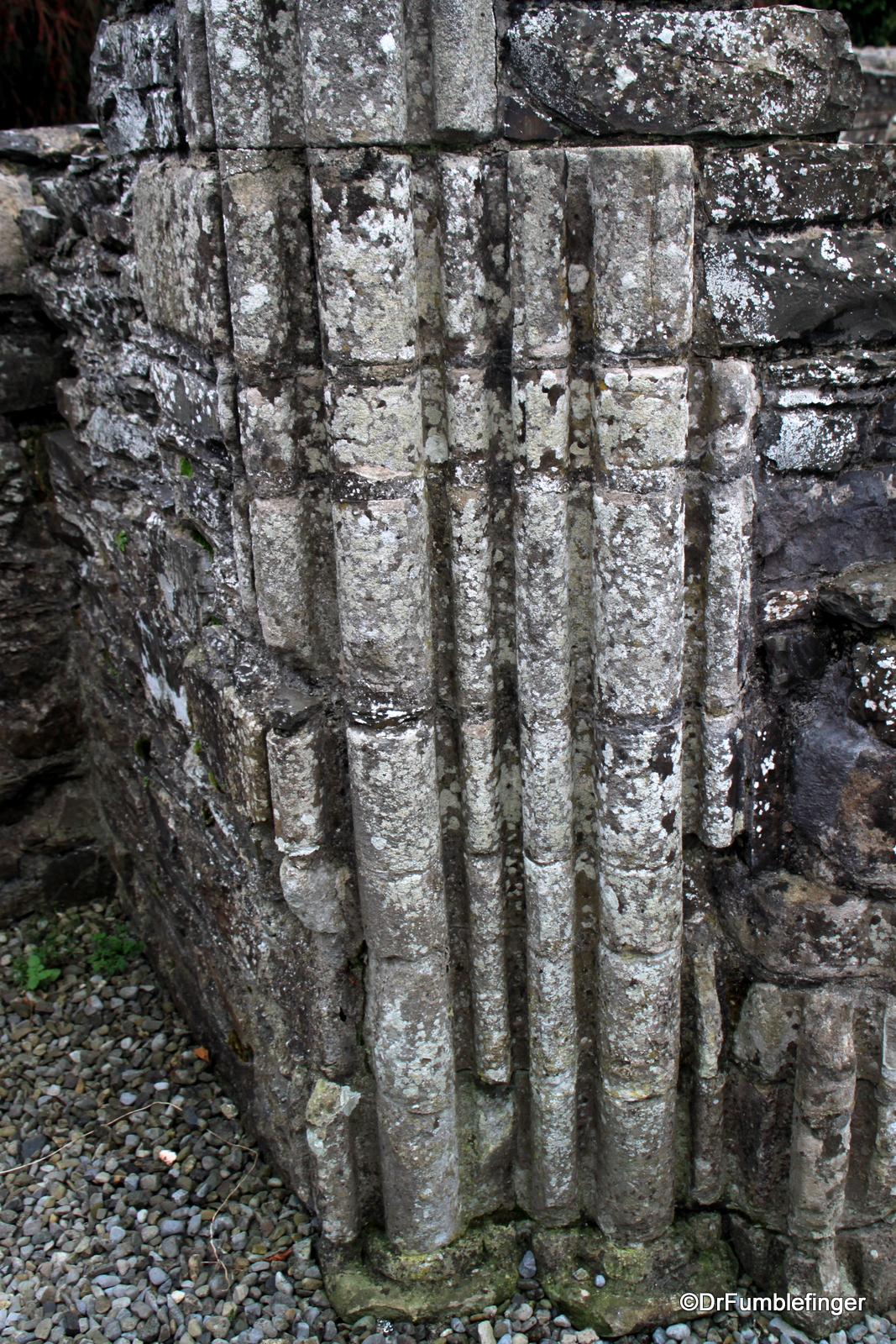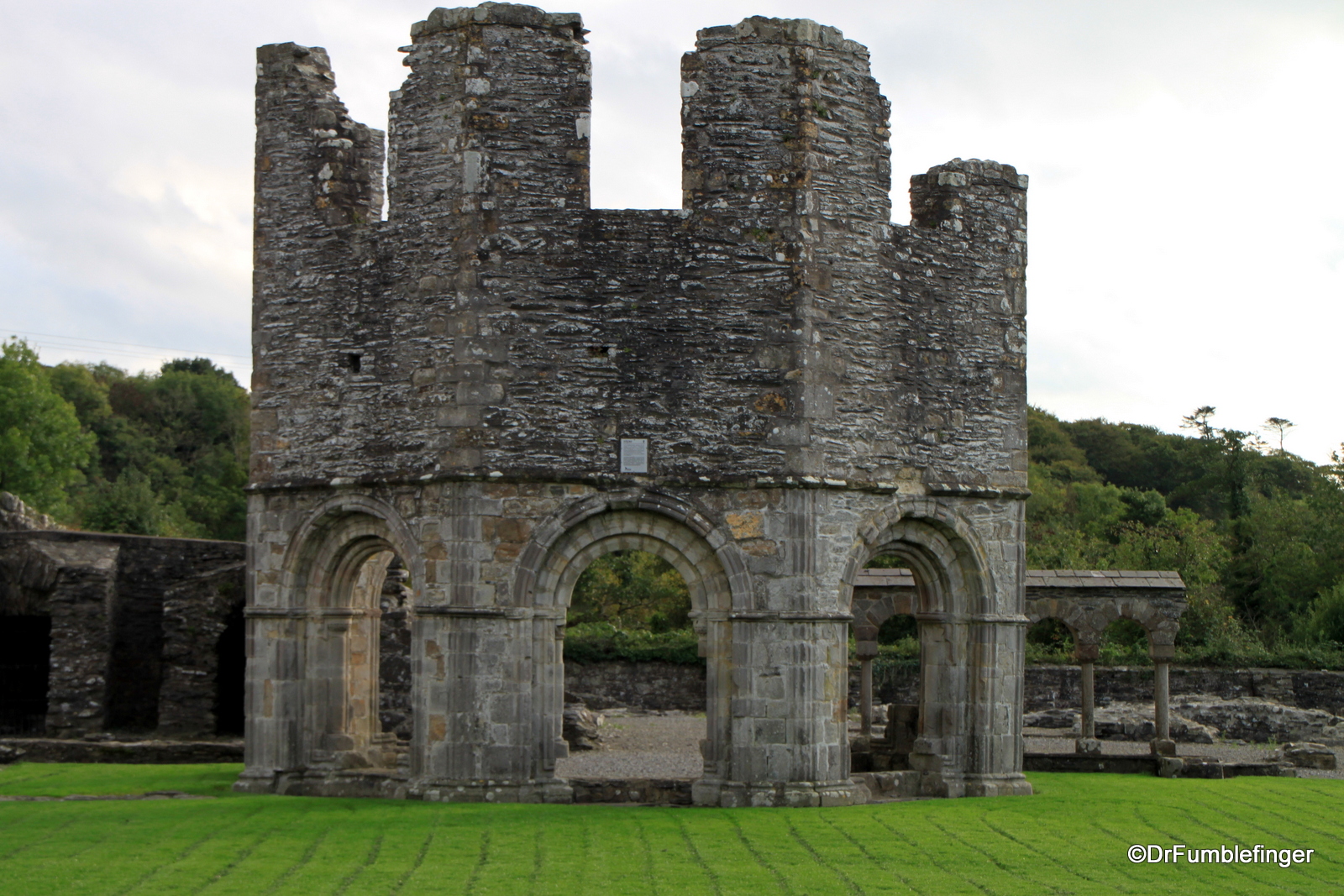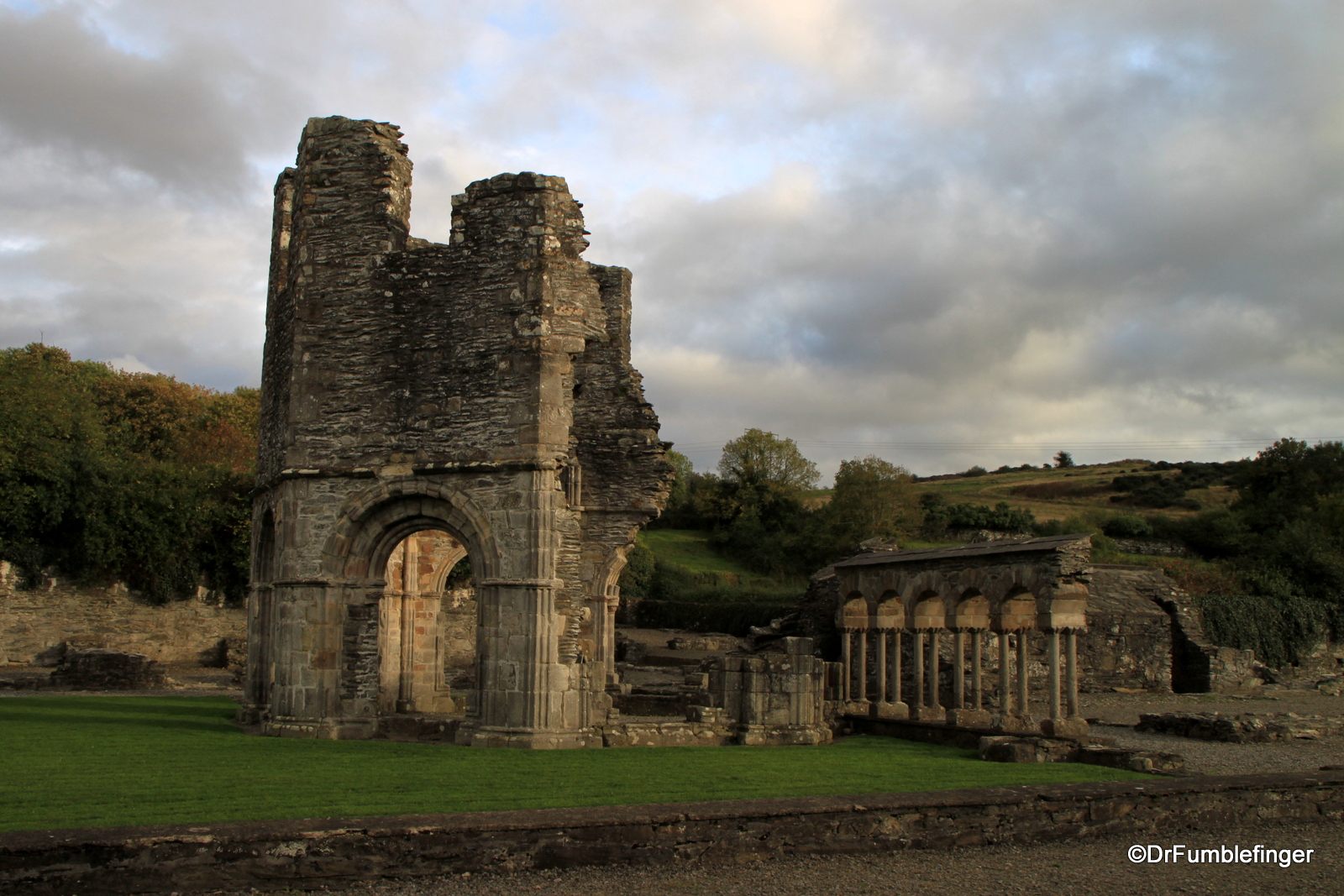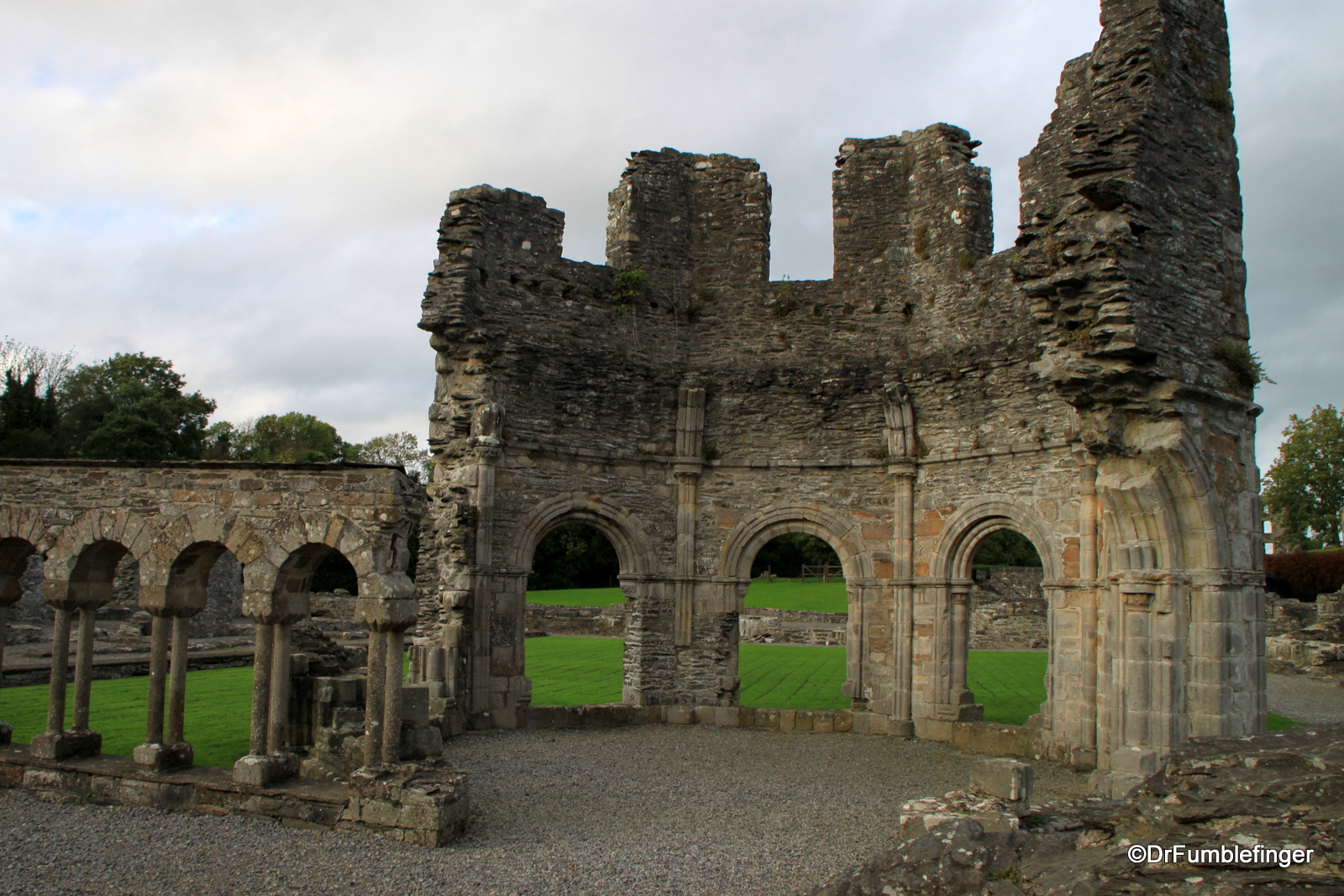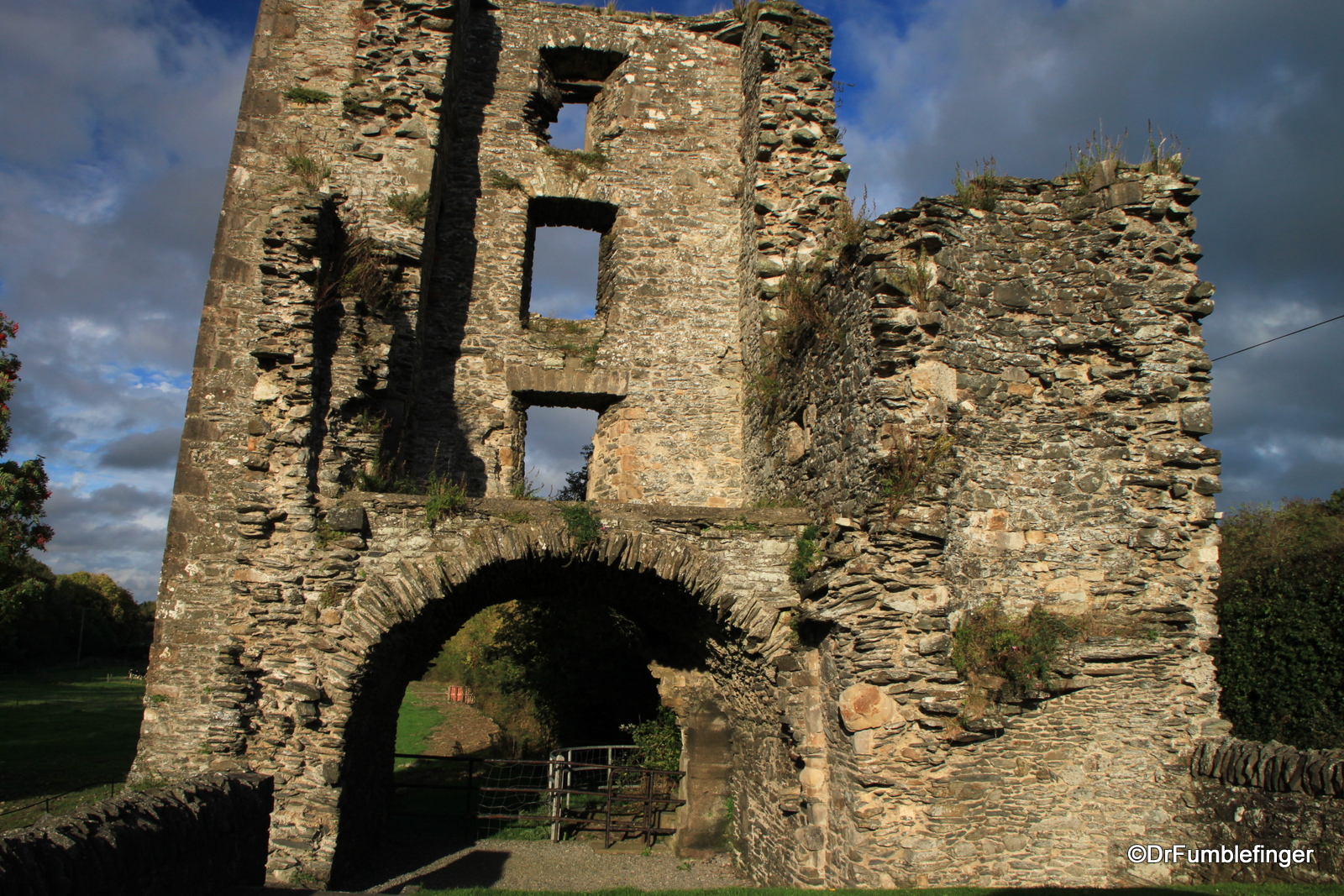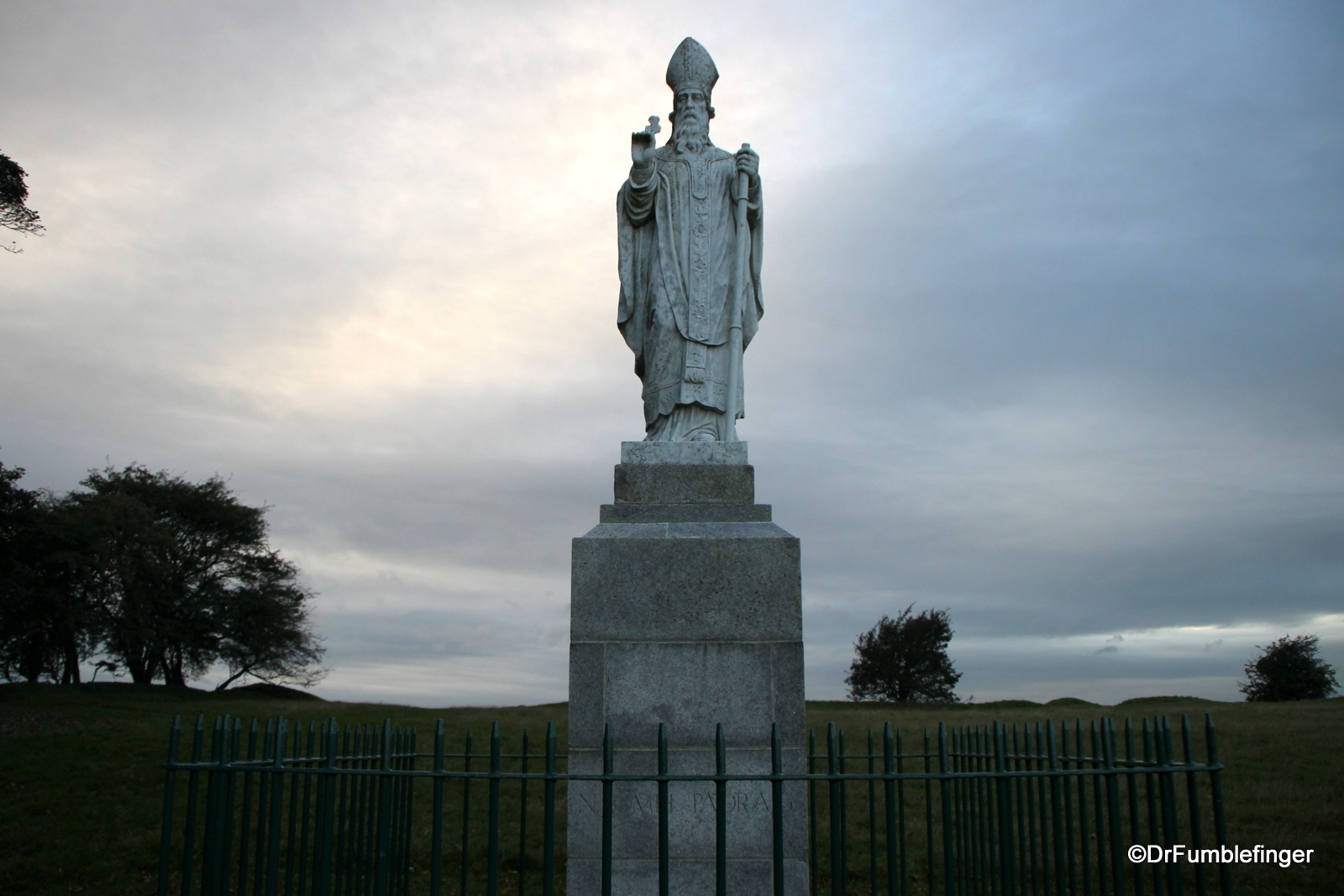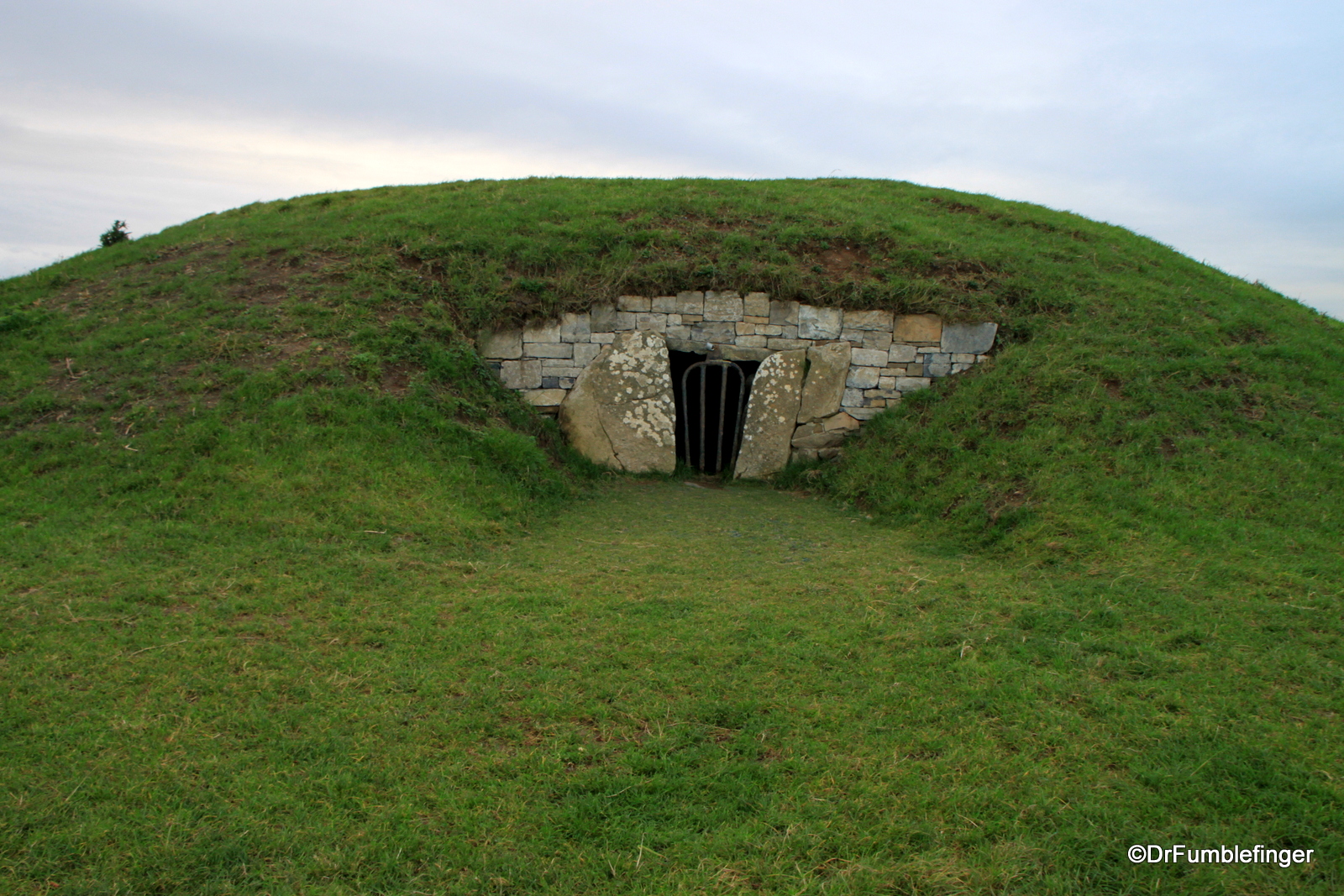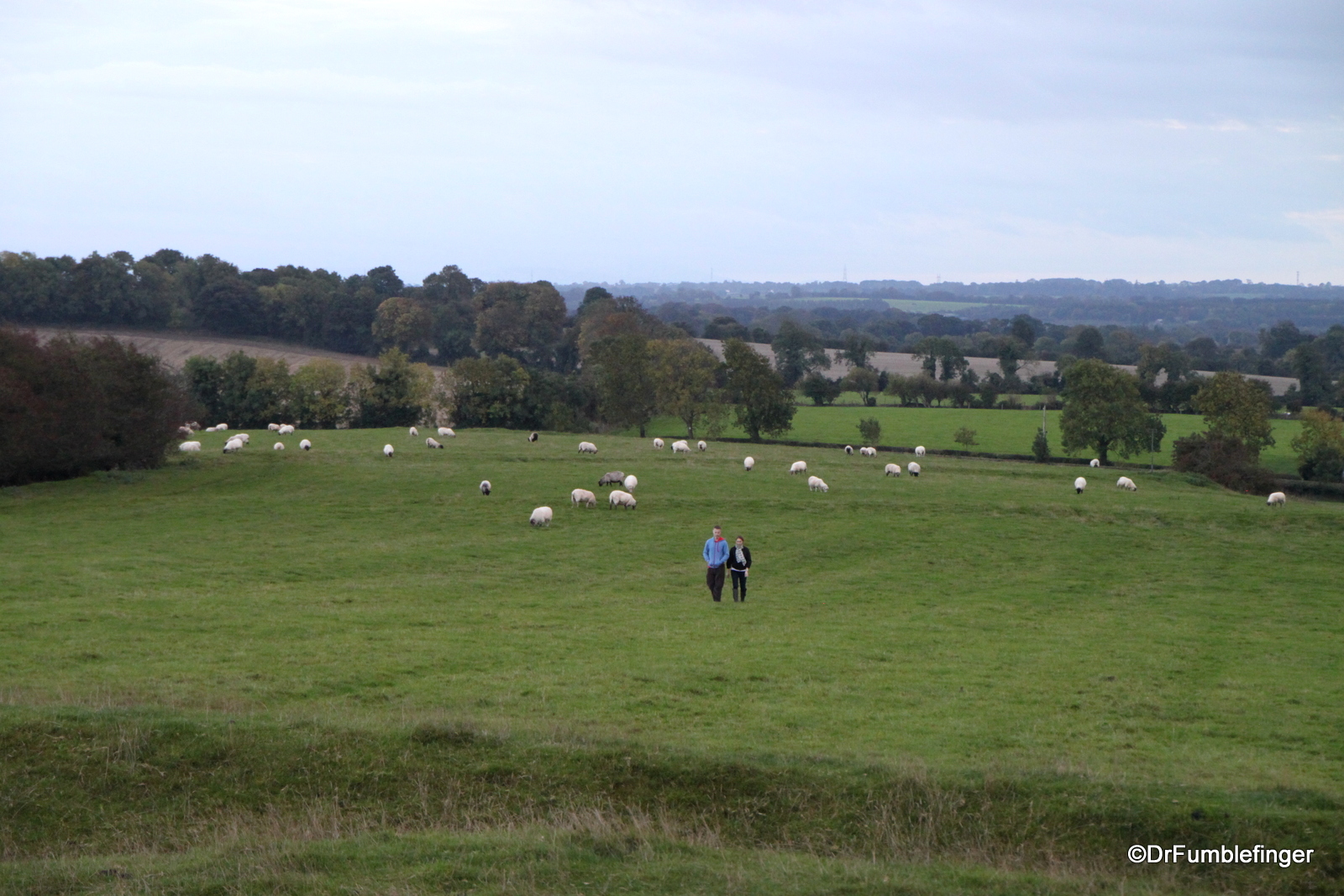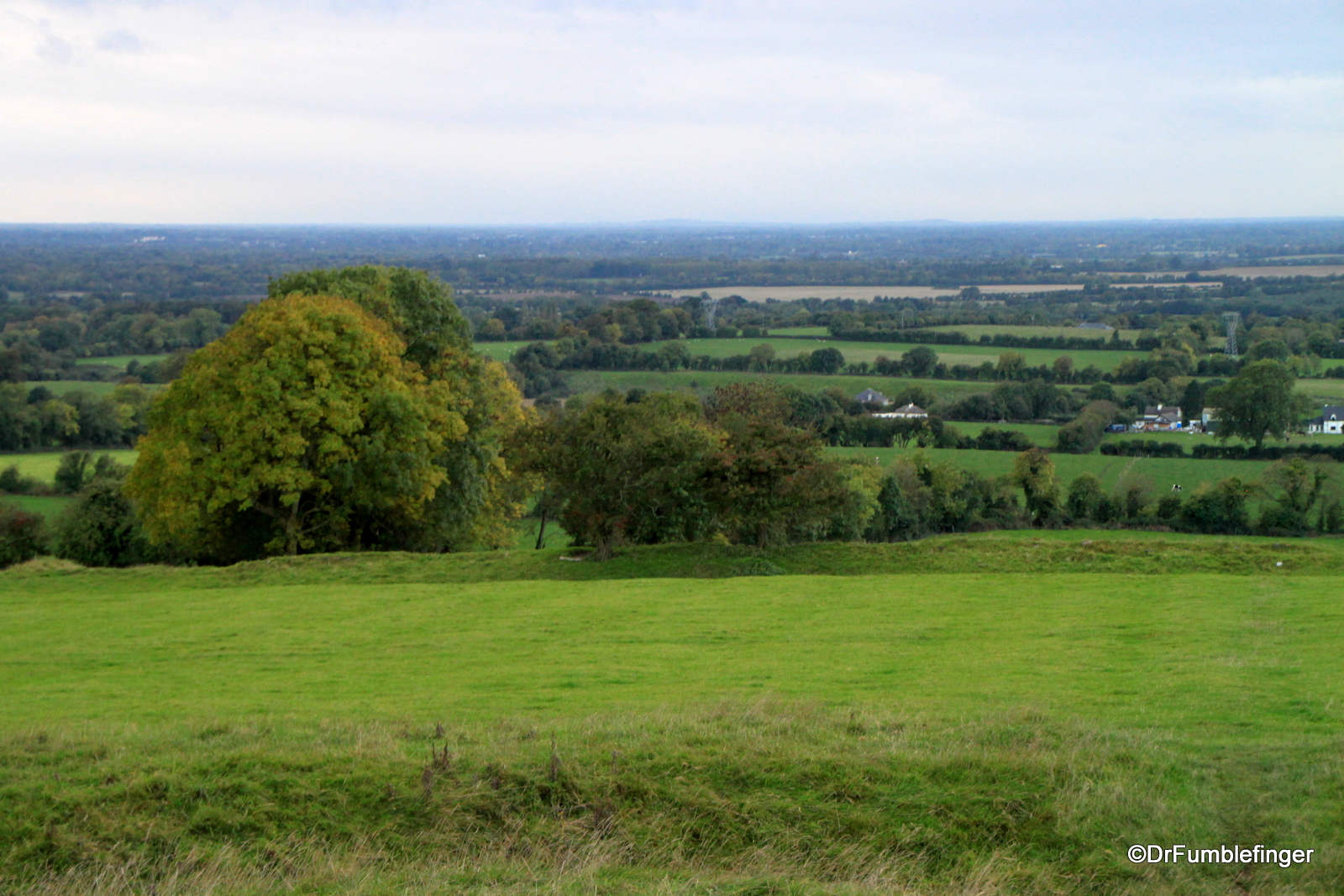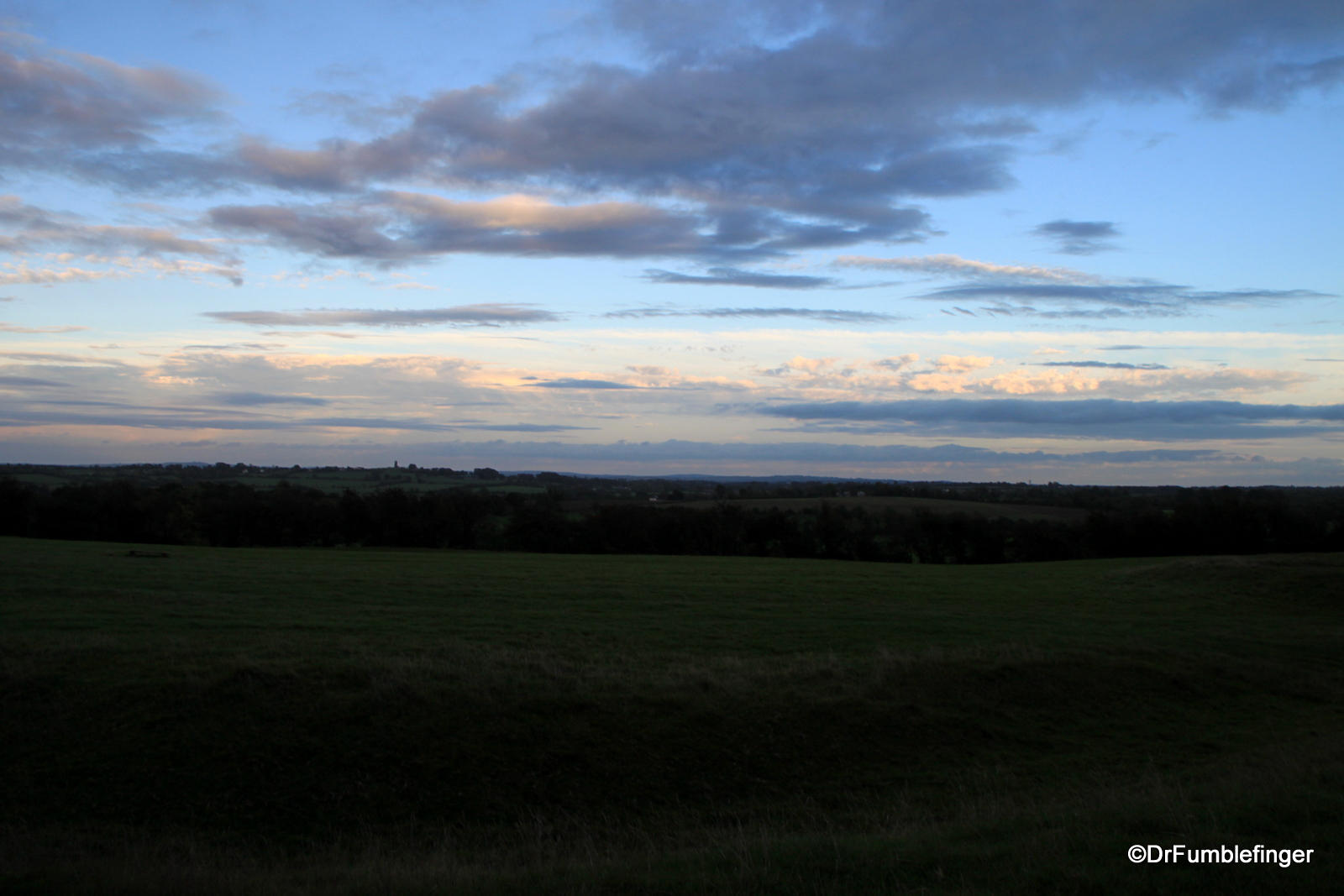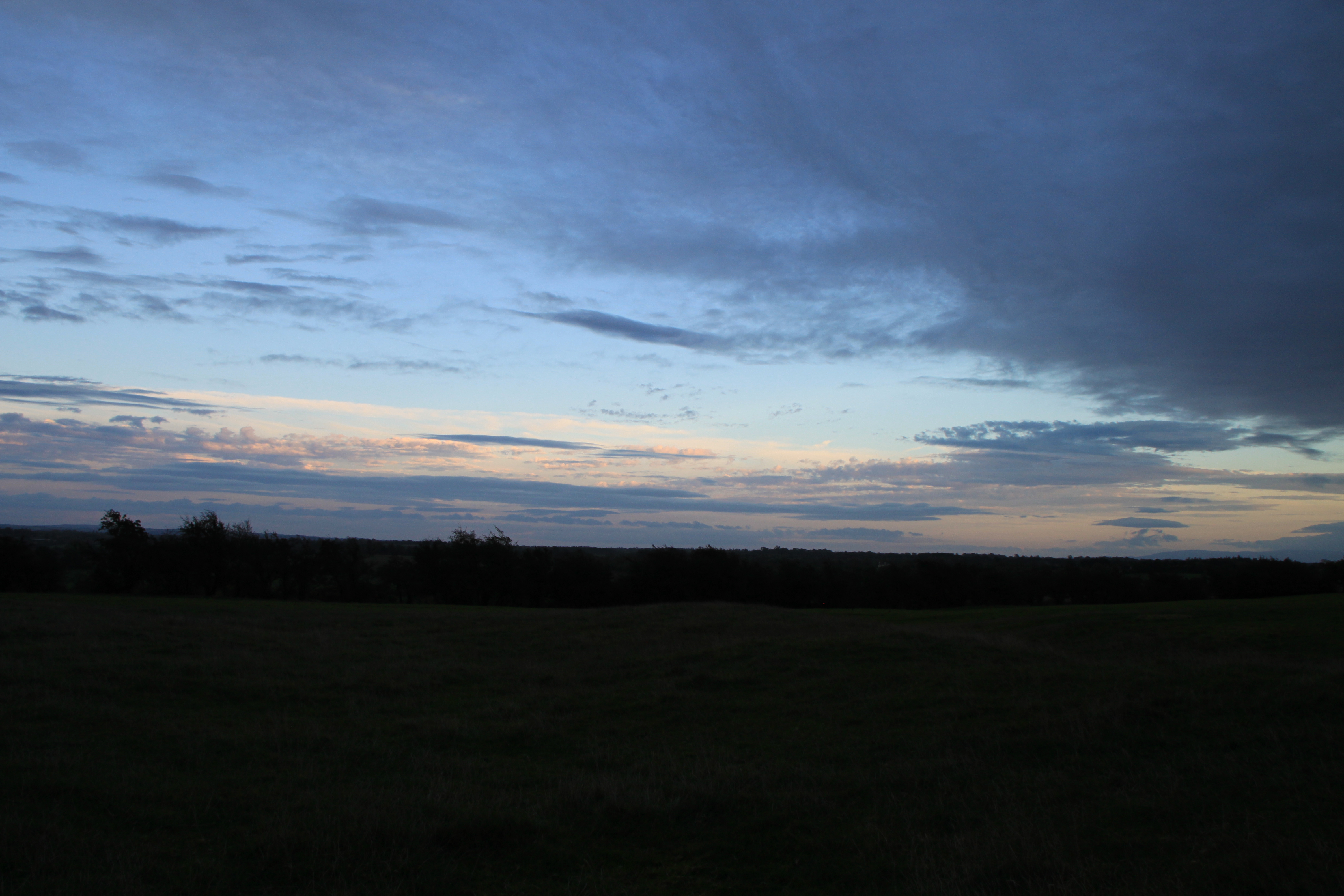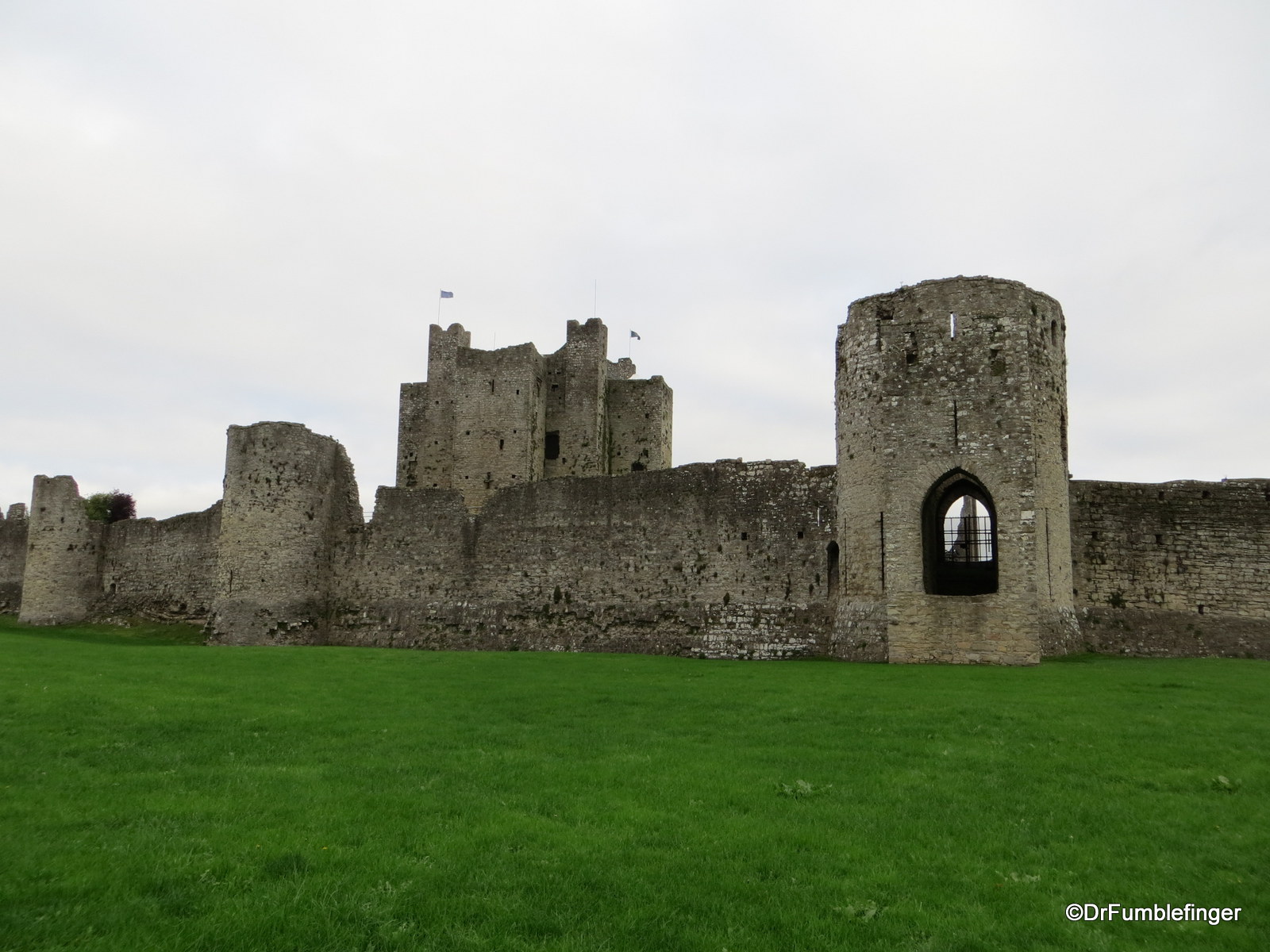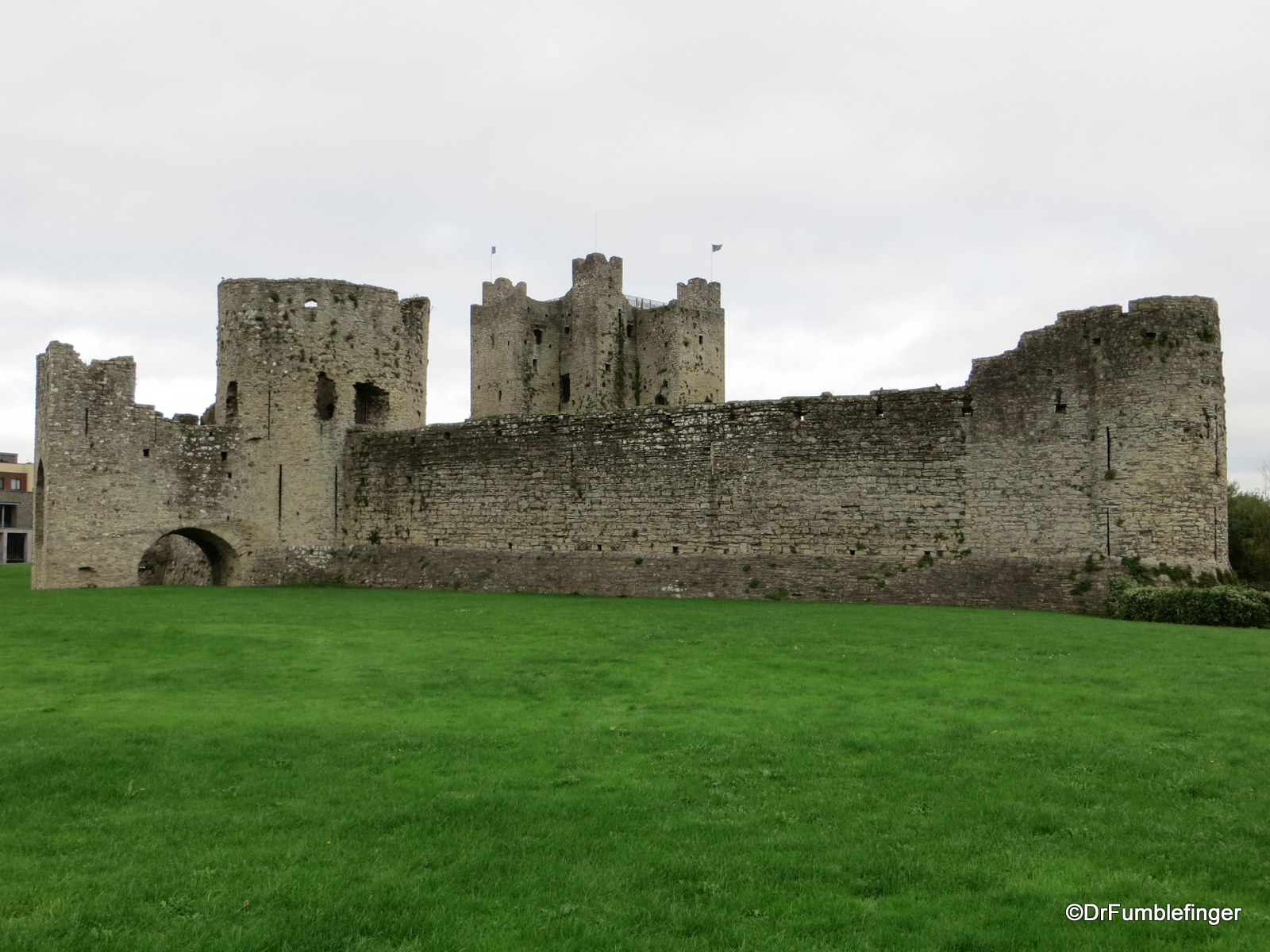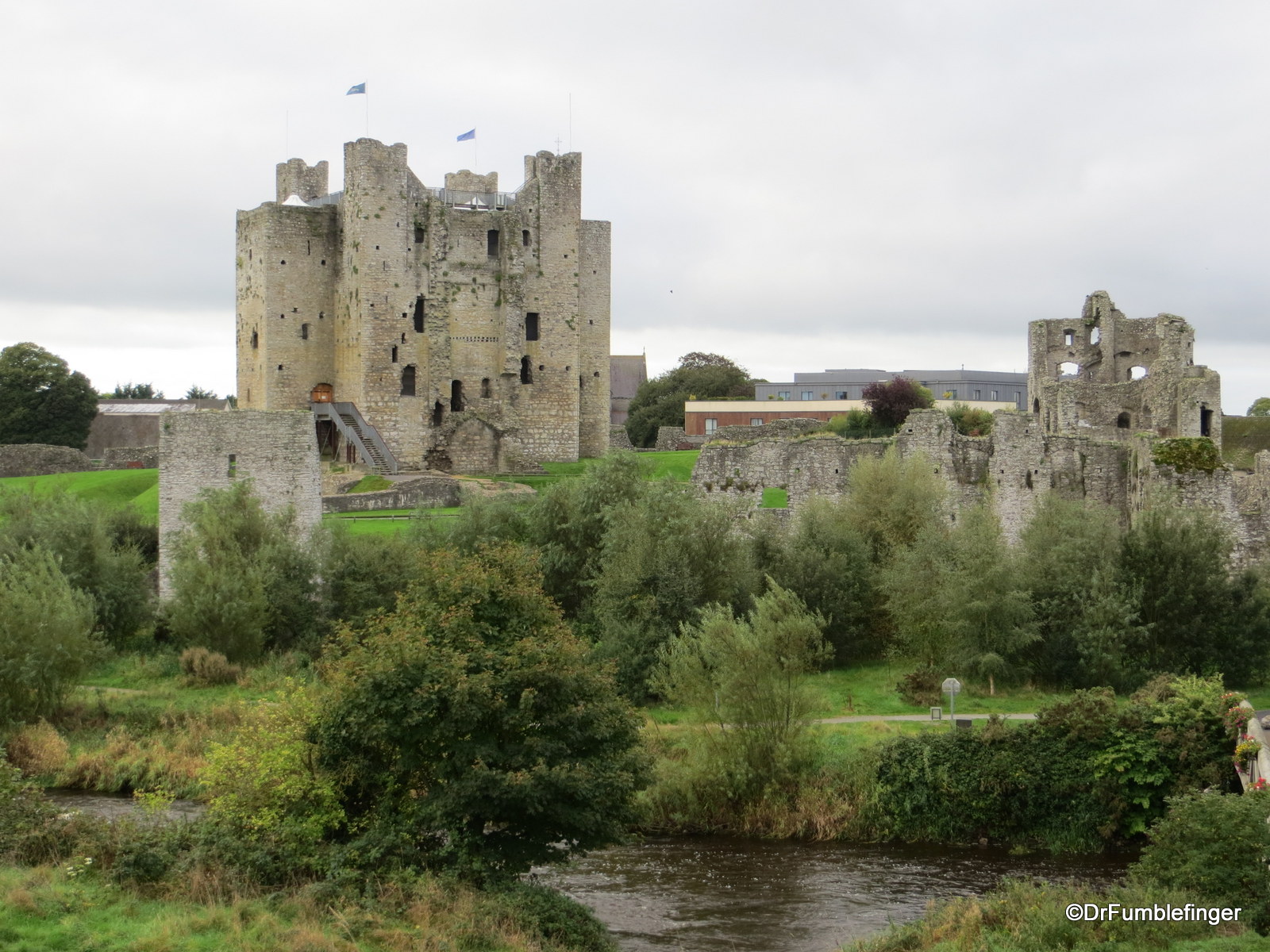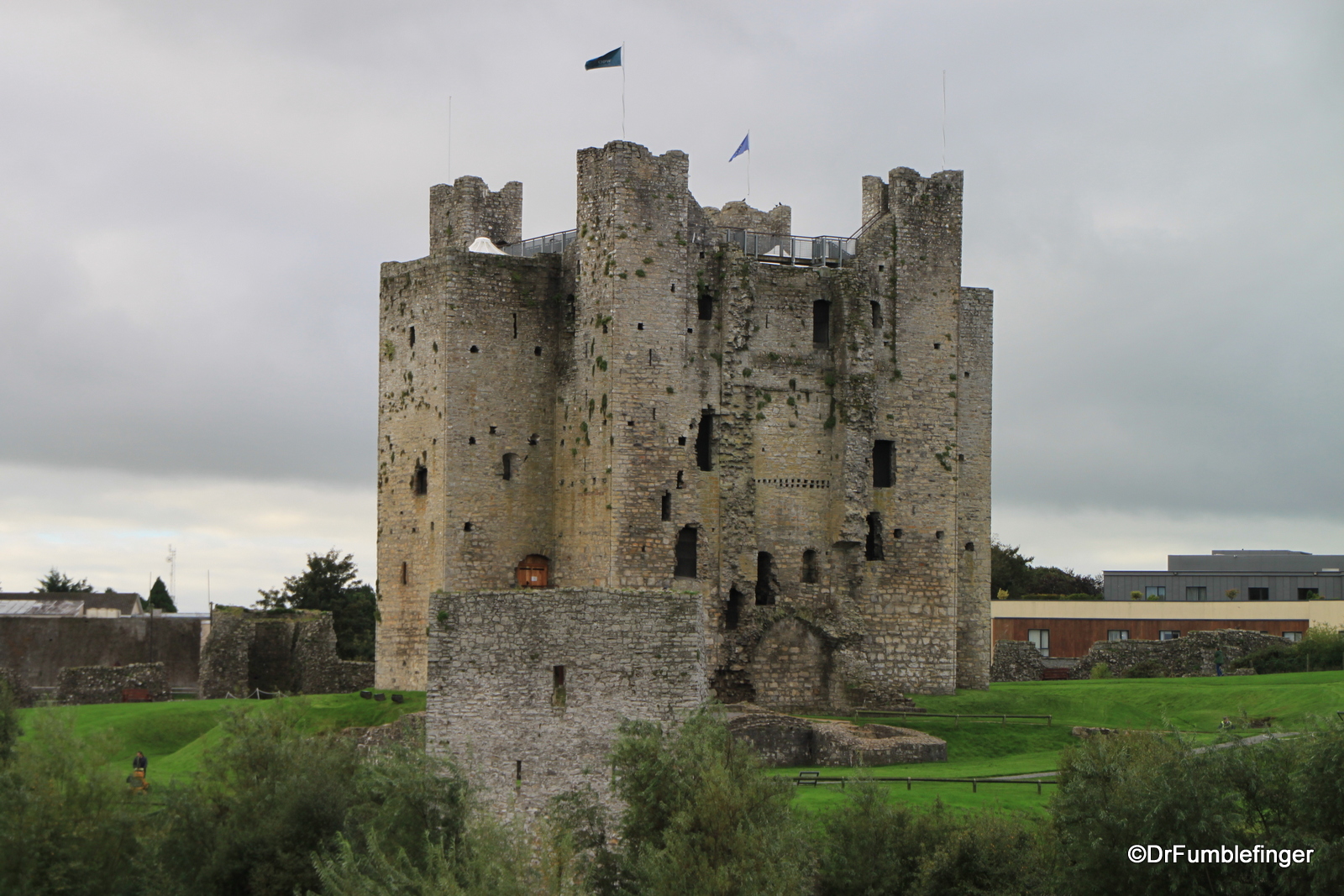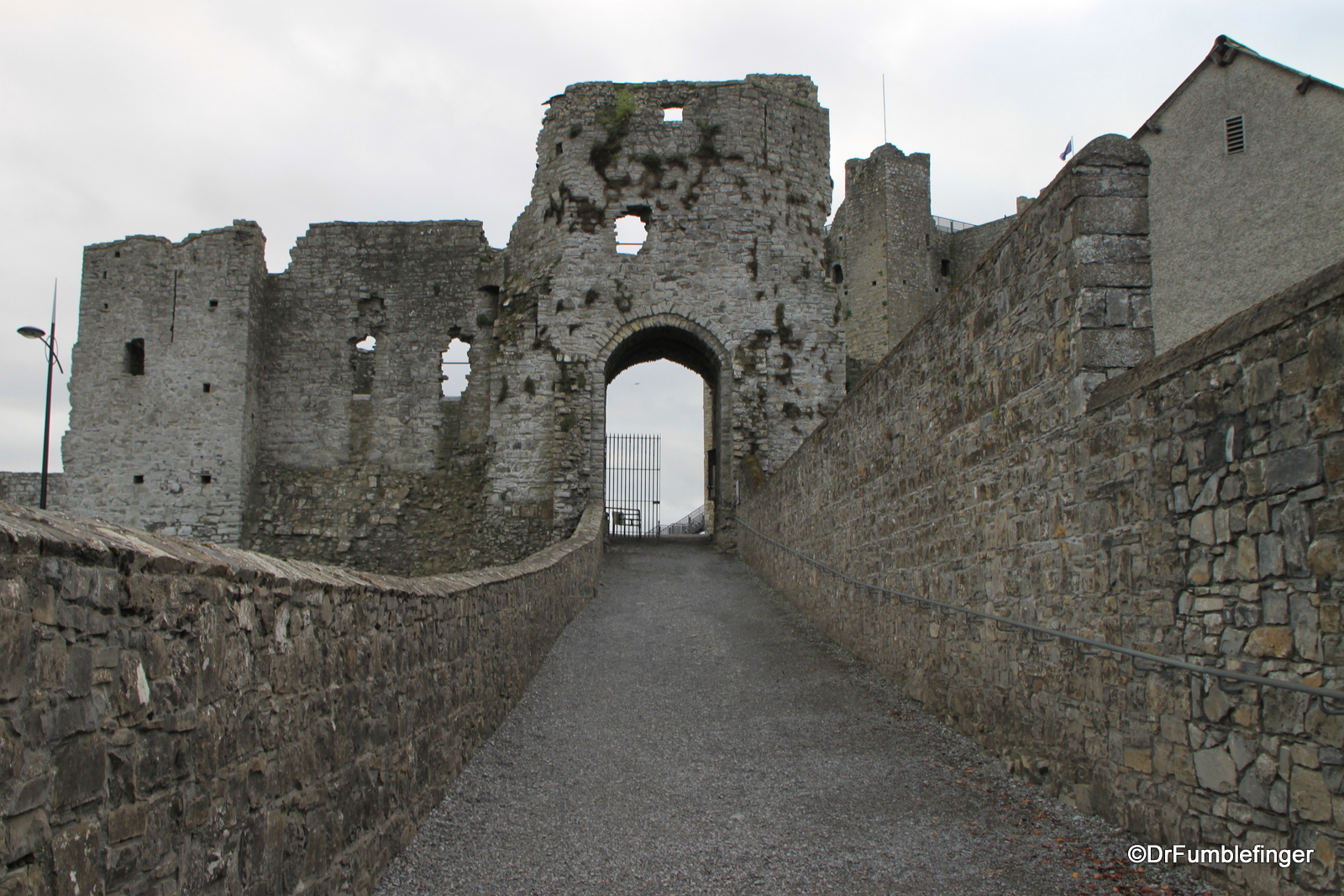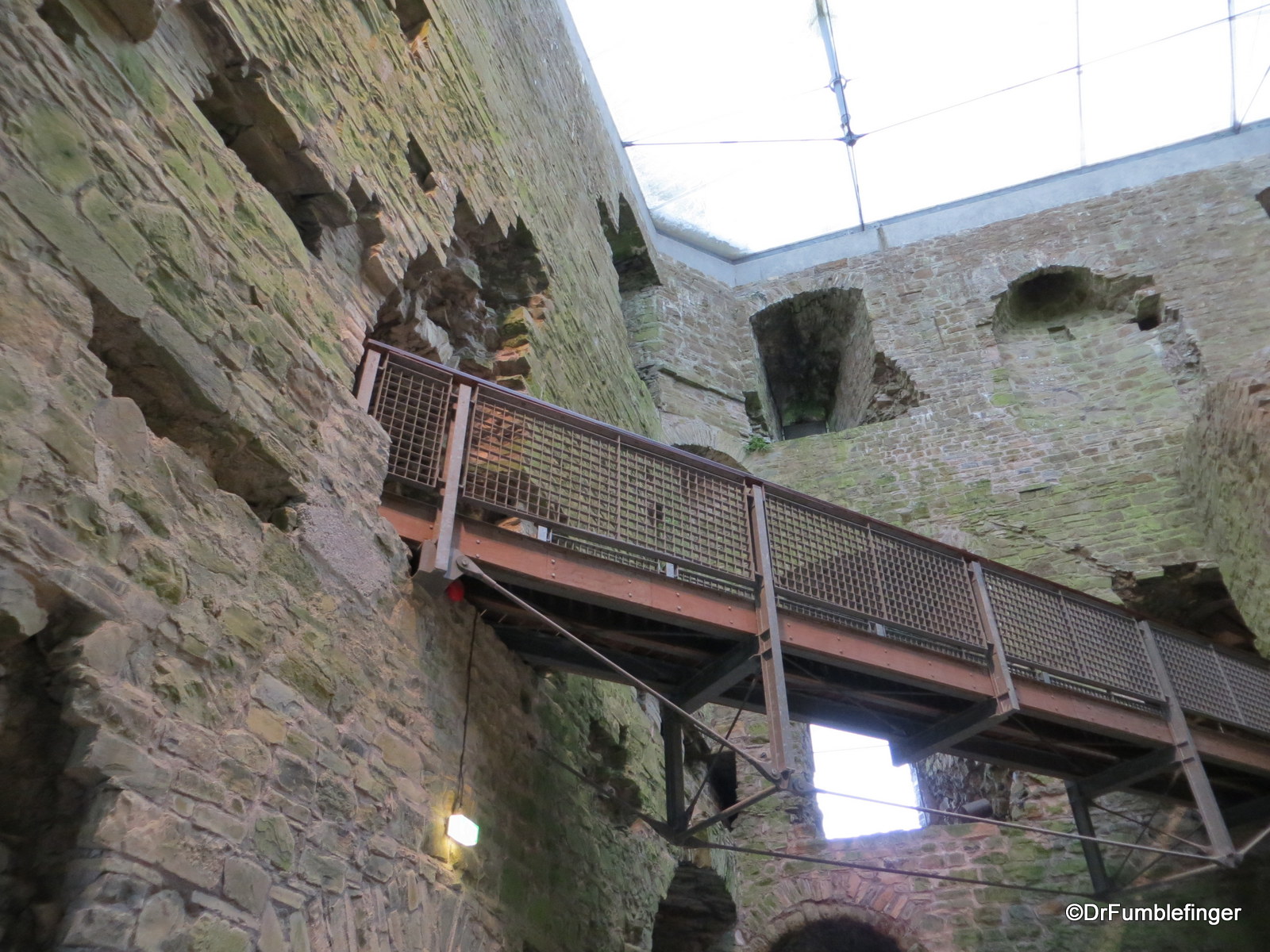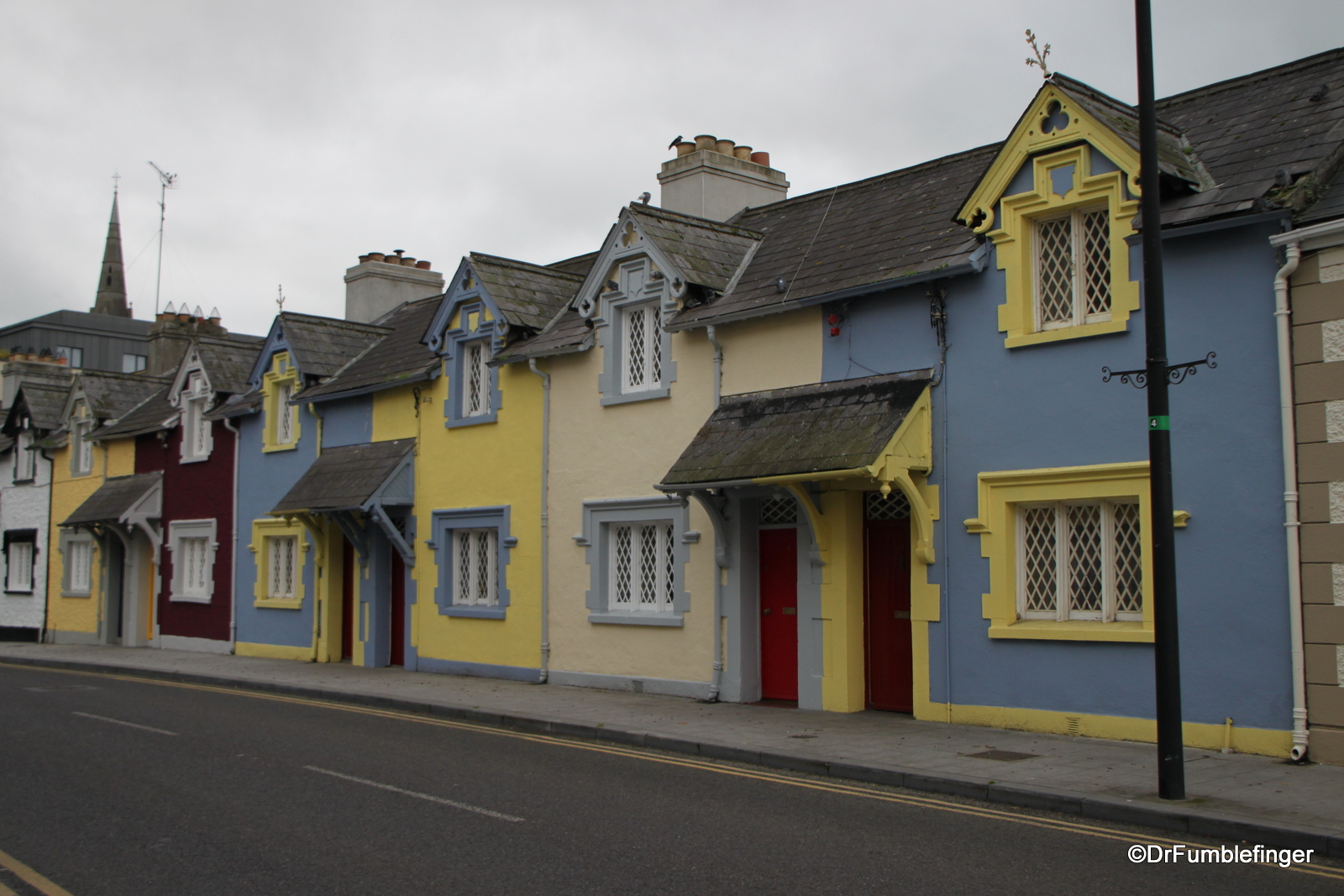
This post concludes tales of my road-trip around the Emerald Isle (though I’ve still got a few things to share about Dublin). I don’t think this road-trip series could end with a more appropriate destination than the “Cradle of Irish Culture and History”, the valley of the Boyne.
The Boyne River Valley is less than an hour’s drive north of Dublin, close enough to do as a day-trip but a longer visit is most definitely recommended. A valley of rich pasture and farmland with the Boyne River snaking through counties Meath and Louth on its way to the Irish Sea. You’ll be tempted to sit on its bank and throw a fishing line in (and might catch a trout or salmon if you did). But the valley has many relics of its rich history going back thousands of years for you to see and enjoy.
We’ve previously discussed the main site to see in the Valley of the Boyne, namely the UNESCO World Heritage site of Brú na Bóinne (Newgrange). There also early Christian monasteries and a massive Norman castle to visit, and predating these is the magical Hill of Tara, where the national symbol of Ireland was introduced by St. Patrick.
MONASTERBOICE: A ruined monastery, now mostly a cemetery. It’s best known for its beautifully detailed, tall Celtic High crosses and its Round Tower. The Celtic crosses at Monasterboice are said to be the best in Ireland and are more than a 1000 years old; while they show the effects of a millennium of erosion, they’re still very impressive. These crosses are illustrated with scenes from the Bible and were originally brightly painted. Monks used these scenes to teach stories to the illiterate masses (a function later transferred to stained glass windows). The Round Tower was used as a place of shelter and refuge, especially during Viking raids. In medieval times monasteries were important places serving as hospitals, centers of learning, and places of hospitality for travelers.
OLD MELLIFONT ABBEY. The Mellifont Abbey was established in 1142 (by French Monks) and was the first Cistercian abbey in Ireland. The architecture of the abbey was unusual for Ireland, although not much remains of it today. All monasteries were closed by Henry VIII in 1539 and the buildings were subsequently looted for their stones (effectively functioning as a quarry). The best preserved and most interesting structure at the Mellifont Abbey is the octagonal lavabo, where the monks ritualistically washed their hands before eating. This structure alone makes the abbey worth going out of your way to see.
HILL OF TARA. To see it at a distance, as you’re driving to it, this 91 m (300′) tall hill is not that impressive. But that belies its great importance to the country as this very hill was the most important place in pre-Christian Ireland, politically and religiously. The Hill of Tara was the seat of the high king of Celtic Ireland for many hundreds of years. St. Patrick gave an important sermon here wherein he compared the shamrock to the Christian trinity (one entity for each petal of the clover). Patrick is now is the patron saint of the country and the shamrock is Ireland’s national symbol.
When you actually visit the site, you`ll find evidence of passage tombs and ditches that, if seen from the air, form a complex arrangement of circles and lines that you can`t appreciate while walking on the hill. Your walk takes you past a visitor center (offering tours of the site during the summer), the Mound of Hostages (bronze age passage grave, 2500 BC), a couple of ancient sacred stones, a war memorial and great views. – on a clear day you can see a long way. We enjoyed a sunset here, which was lovely!
TRIM. A quaint small town and an excellent place to spend a night or two. Trim is an interesting destination in its own right mostly because of the ruins of a 13th century Norman castle (the largest in Ireland). The castle covers 2 acres and was used as a set in the move Braveheart (staring Mel Gibson). It`s worth spending some time exploring the grounds of the castle and taking the 45 minute guided tour which takes you to the top of the inner building and affords memorable views of this pretty town (Trim has more medieval buildings than any other town in Ireland).
Across the river are the ruins of a 14th century monastery, the Augustan Abbey of St. Mary. A tall steeple is almost all that remains of it. The town also has a monument to a local boy who went on to alter world history, the Duke of Wellington.
The Battle of the Boyne, while not important in a global sense, this was a major battle in Irish and English history. It took place along the Boyne River near Drogheda in 1690, during the Williamite war in Ireland. On 1 July 1690, two rivals to the British throne – William III (protestant) and James II (catholic) – clashed with their armies totaling 50,000 men in the largest battle ever on the British Isles. William III (William of Orange ) won and set the stage for government and politics for centuries.
We did not actually have time to visit this battleground so there`s little I can tell you about it and am including it to be complete. There`s said to be a good visitor center there featuring audio-visual displays, original weaponry. In summer, on Sunday afternoons, costumed actors recreate some of the battle scenes.
(Click on the thumbnails to enlarge, right arrow to advance slideshow)





